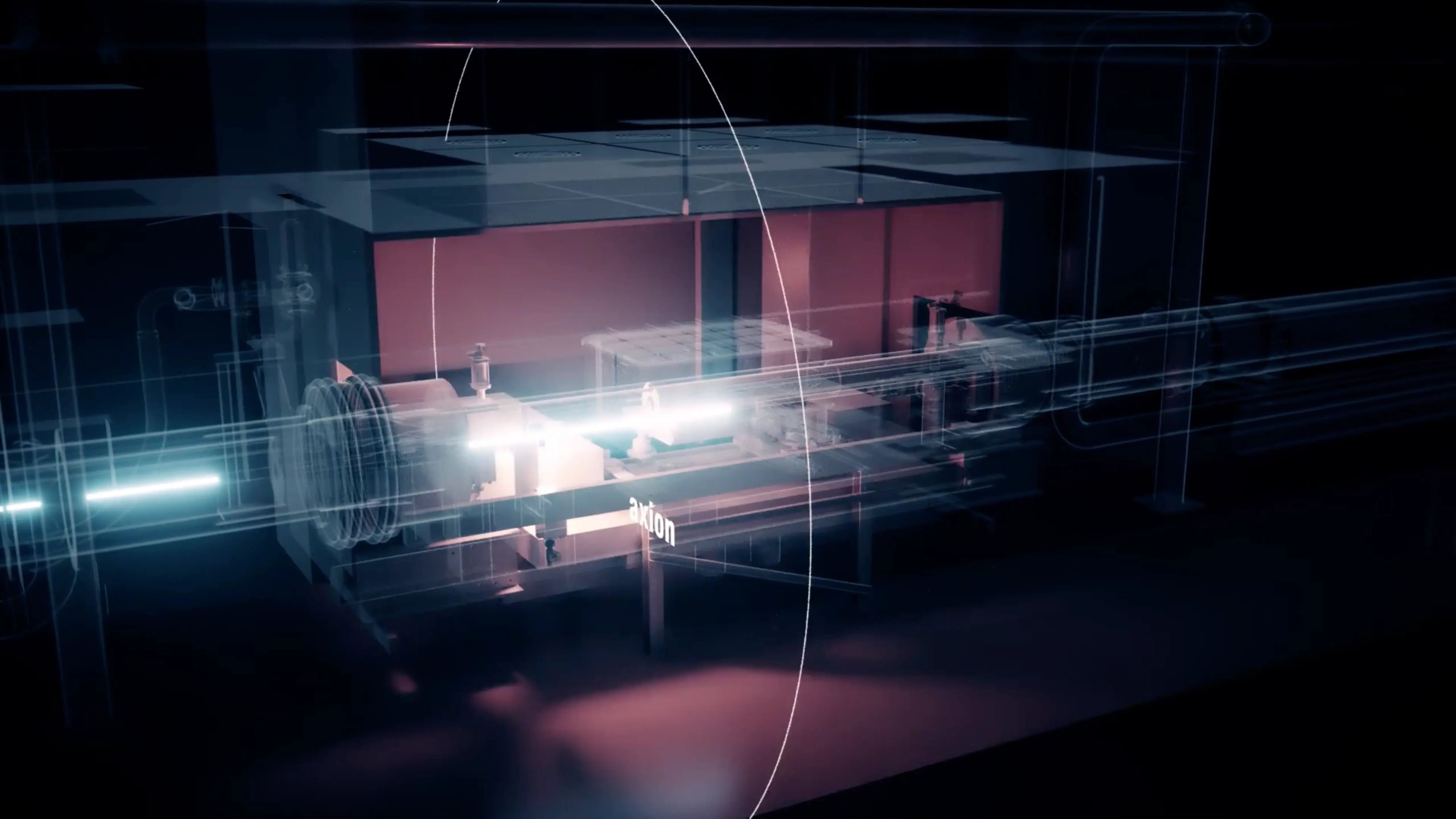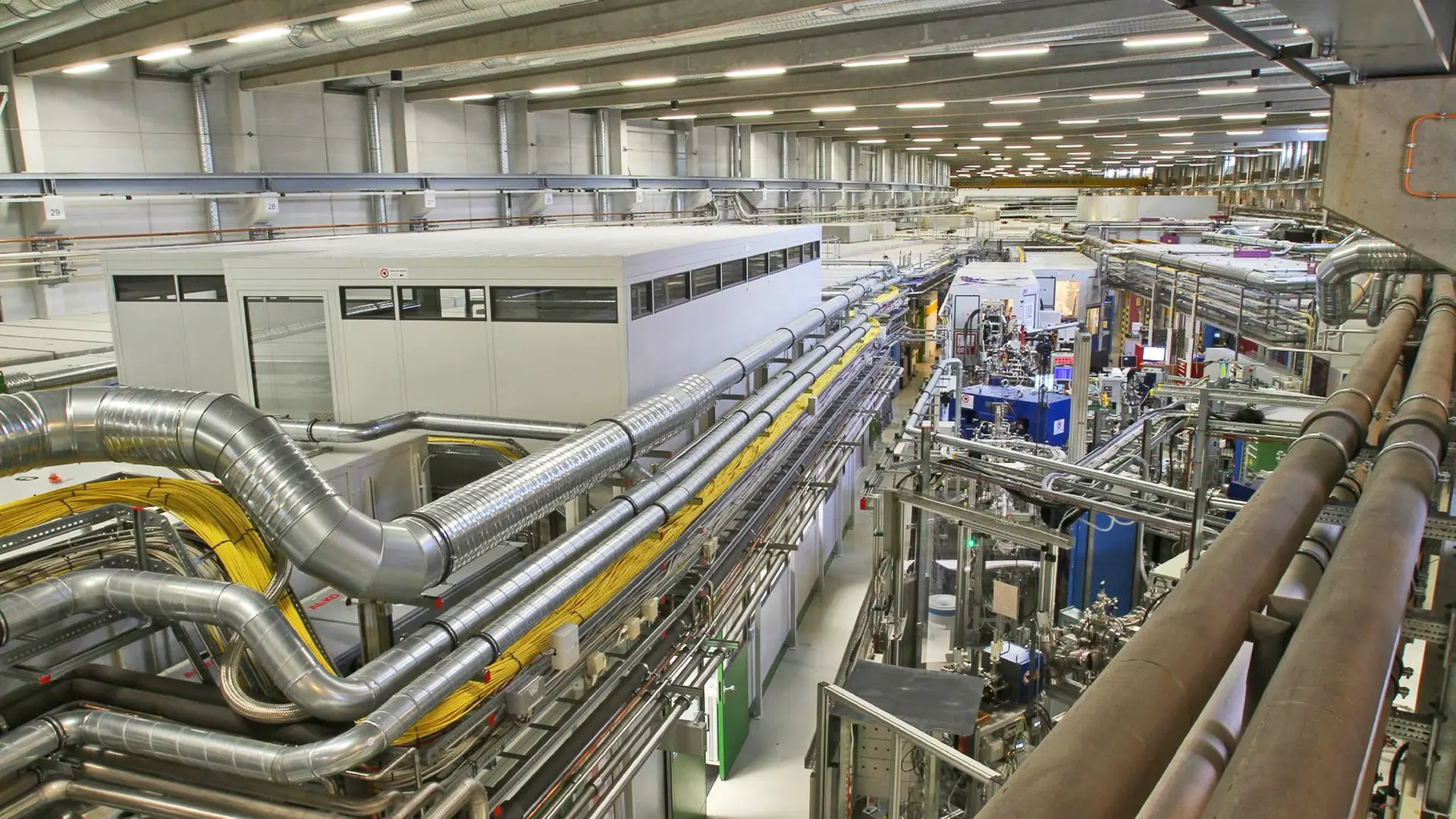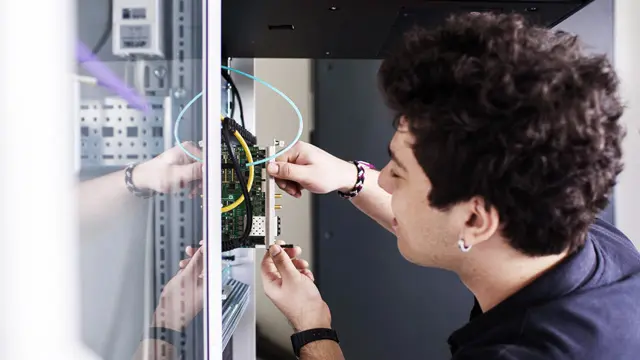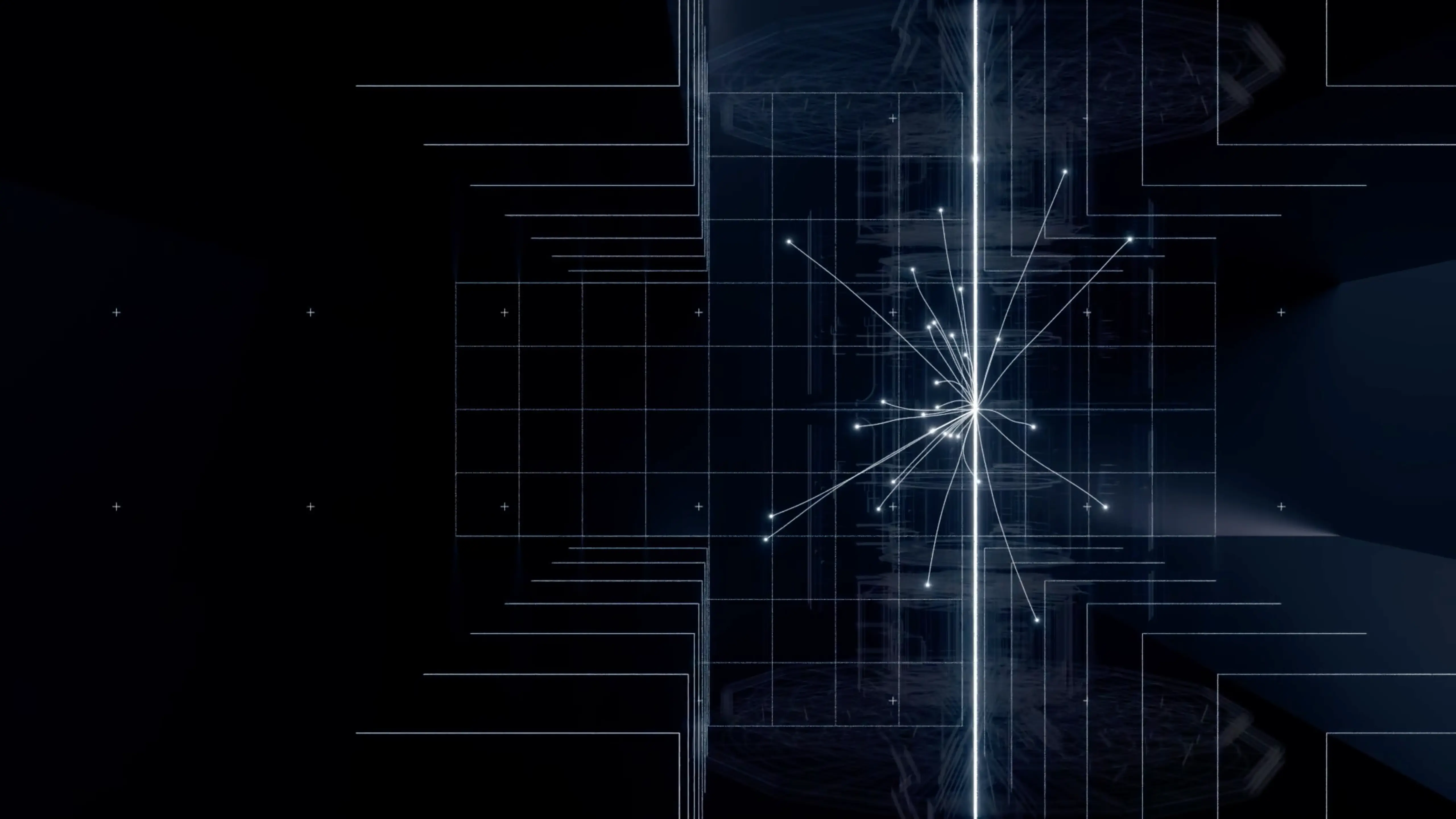
Particle physics
What is the world made of at its core, what are the smallest constituents of matter? Researchers have been pursuing these fundamental questions since antiquity.
In their search, the scientists have encountered ever smaller building blocks – first atoms, then atomic nuclei consisting of protons and neutrons, and finally tiny particles called quarks. Today, particle physicists are investigating the fundamental mysteries of the universe: How did the universe come into being? And how are the smallest particles connected to the development of the universe and the largest structures in it?
Scientific information about the Particle Physics Division
Here, you will find the web pages of DESY’s Particle Physics Division.
When DESY was founded in 1959, the primary task of the centre was to investigate the fundamental particle structure of matter. Over the decades, DESY has contributed key findings to particle physics. With the PETRA storage ring, researchers discovered the gluon, the “glue particle” that holds the quarks together to form protons and neutrons, and without which there would be no atoms. Later, they used the HERA accelerator to investigate the inner structure of the proton with unprecedented precision. Today, DESY scientists are involved in large-scale international experiments in Switzerland and Japan, they are searching for dark matter in Hamburg, and they are laying the theoretical foundations for a comprehensive description of the building blocks of matter and the forces acting between them.
In search of the smallest particles
DESY researchers are strongly involved in the large-scale experiments at the world’s most powerful accelerator, the Large Hadron Collider (LHC) at the CERN research centre near Geneva in Switzerland. As part of the international research groups operating the ATLAS and CMS experiments, DESY contributes to the development and construction of important detector components, including those for the planned upgrade of the LHC to increase its “luminosity”, i.e. the collision rate of the protons in the accelerator. DESY is also involved in the operation of the detectors and makes decisive contributions to data analysis.
As part of the Belle II experiment at the SuperKEKB accelerator in Japan, DESY physicists are investigating, among other things, why there is more matter than antimatter in the universe. Together with other German institutes, DESY was responsible for the design and construction of the extremely sensitive pixel vertex detector, which registers the tracks of particle decays right at the collision point. DESY also plays a major role in the data analysis of Belle II and its predecessor experiment Belle.
On the DESY campus in Hamburg, researchers intend to use several experiments to search for lightweights among the particles that could provide clues to “new physics” and, in particular, the mysterious dark matter. While ALPS II aims to send laser light through a wall in the search of light particles called axions, IAXO – with the prototype BabyIAXO – will look for axions from the sun. MADMAX will explore the dark matter that holds our galaxy together. Finally, with the LUXE experiment, DESY scientists aim to test the theory of quantum electrodynamics in strong electromagnetic fields.
Worldwide computer network
Particle physics experiments produce enormous amounts of data. To manage this flood of data, the experts rely on grid computing, a variety of distributed computing, in which many computing centres around the globe act in concert. The Worldwide LHC Computing Grid (WLCG), for example, involves more than 170 computing centres in over 40 countries. DESY plays an important role in this global network. In its Interdisciplinary Data and Analysis Facility (IDAF) with the Tier-2, NAF and Maxwell High-Performance Cluster computing facilities, DESY provides large-scale computing and storage systems for the national and international scientific community in all the research areas of the centre.
Theoretical particle physics
Without theoretical foundation, experiments cannot be interpreted correctly. The best current description of the particles and forces known to us is provided by the Standard Model of particle physics. But the model only works at low energies and leaves fundamental questions unanswered. What is the mysterious dark matter made of? What happened right after the big bang? Are there any extra dimensions of space-time beyond the ones we are familiar with? The DESY theory group is exploring various options for developing theories that are consistent and compatible with previous findings, which would answer these questions and comprehensively describe the particles and forces in the universe in the course of its evolution.
Research infrastructure
The Large Hadron Collider at the CERN research centre near Geneva is the world’s most powerful accelerator.
- More about the LHC experiments
- DESY’s contribution to the LHC
- More about the LHC
Research groups from all over the world use the DESY test beam to check detector components.
- More about the DESY test beam
- Scientific information about the DESY test beam
ALPS II is the first experiment worldwide that could produce and detect light-weight dark matter particles in the laboratory.
- More about ALPS II
- More about ALPS II and dark matter
The prototype for the International Axion Observatory (IAXO) will search for extremely light particles from the sun.
- More about BabyIAXO
The experiment is intended to explore the dark matter in our galaxy.
- More about MADMAX
The experiment is designed to test the theory of quantum electrodynamics.
- More about LUXE
The Interdisciplinary Data and Analysis Facility offers extensive computing capacities for research at DESY: the Maxwell High-Performance Computing (HPC) Cluster, in particular for photon science and accelerator development, the DESY Grid infrastructure with a Tier-2 centre for particle and astroparticle physics as well as the National Analysis Facility (NAF) for particle physics.
- More about IDAF
- Specialised information on IDAF
- Specialised information on Maxwell HPC Cluster
- Specialised information on DESY Grid
- Specialised information on NAF
DESY’s four research areas
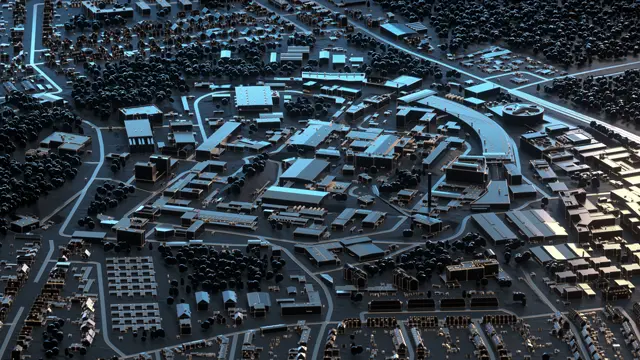
PETRA IV: A discovery machine for uncharted scientific territory
Thanks to PETRA IV's ultrabright X-ray light, researchers will be able to investigate natural phenomena and technical processes in new dimensions.
Learn more about PETRA IV

